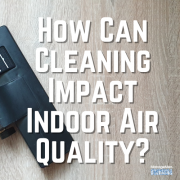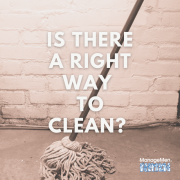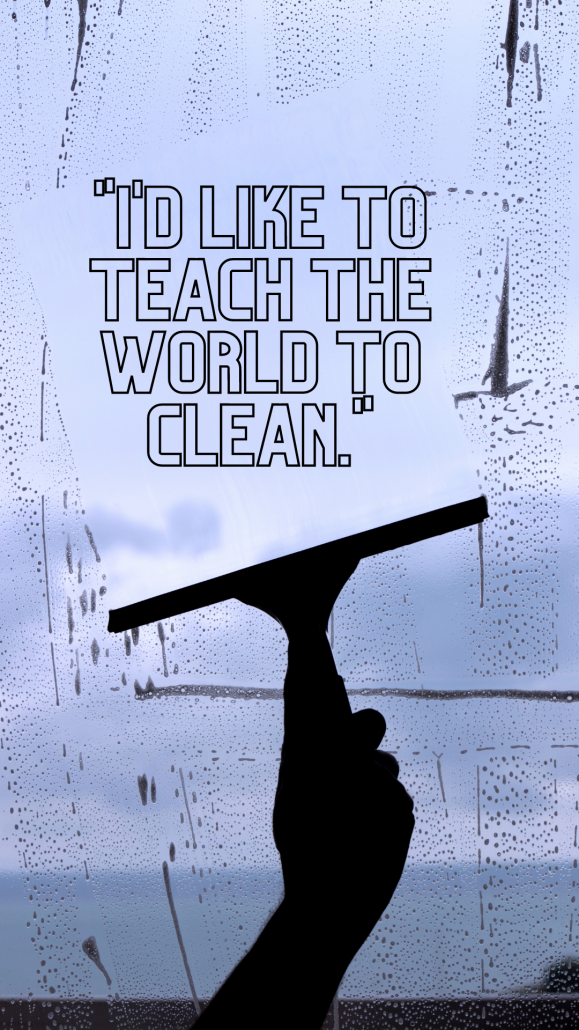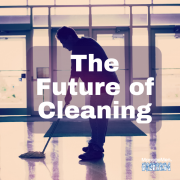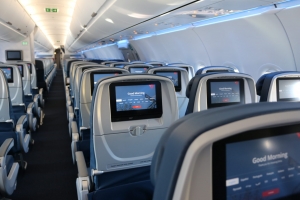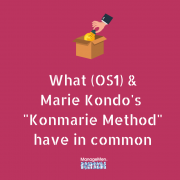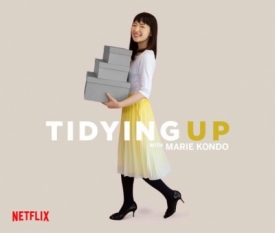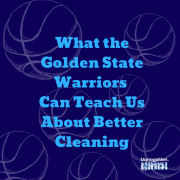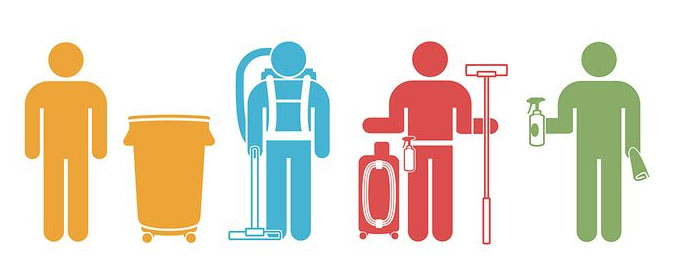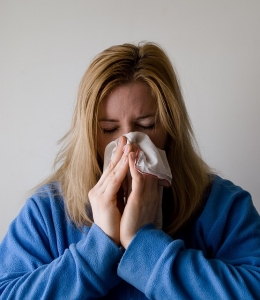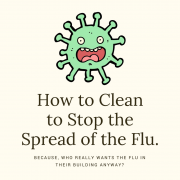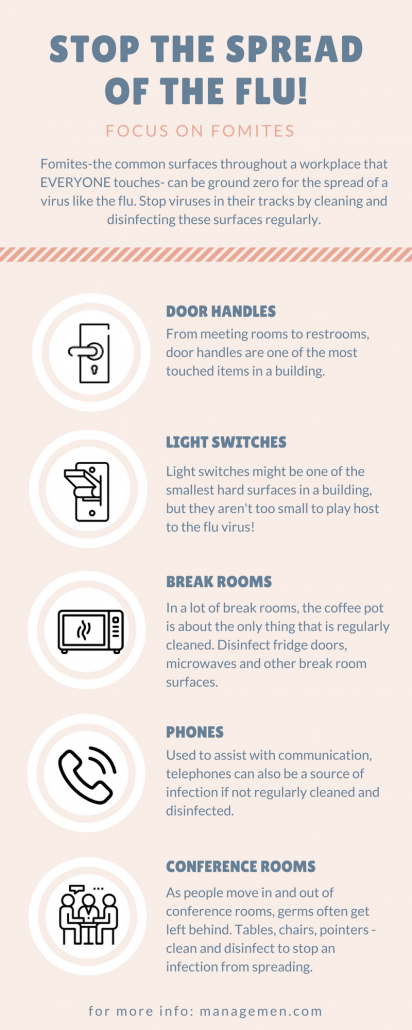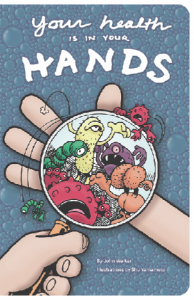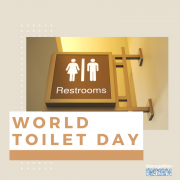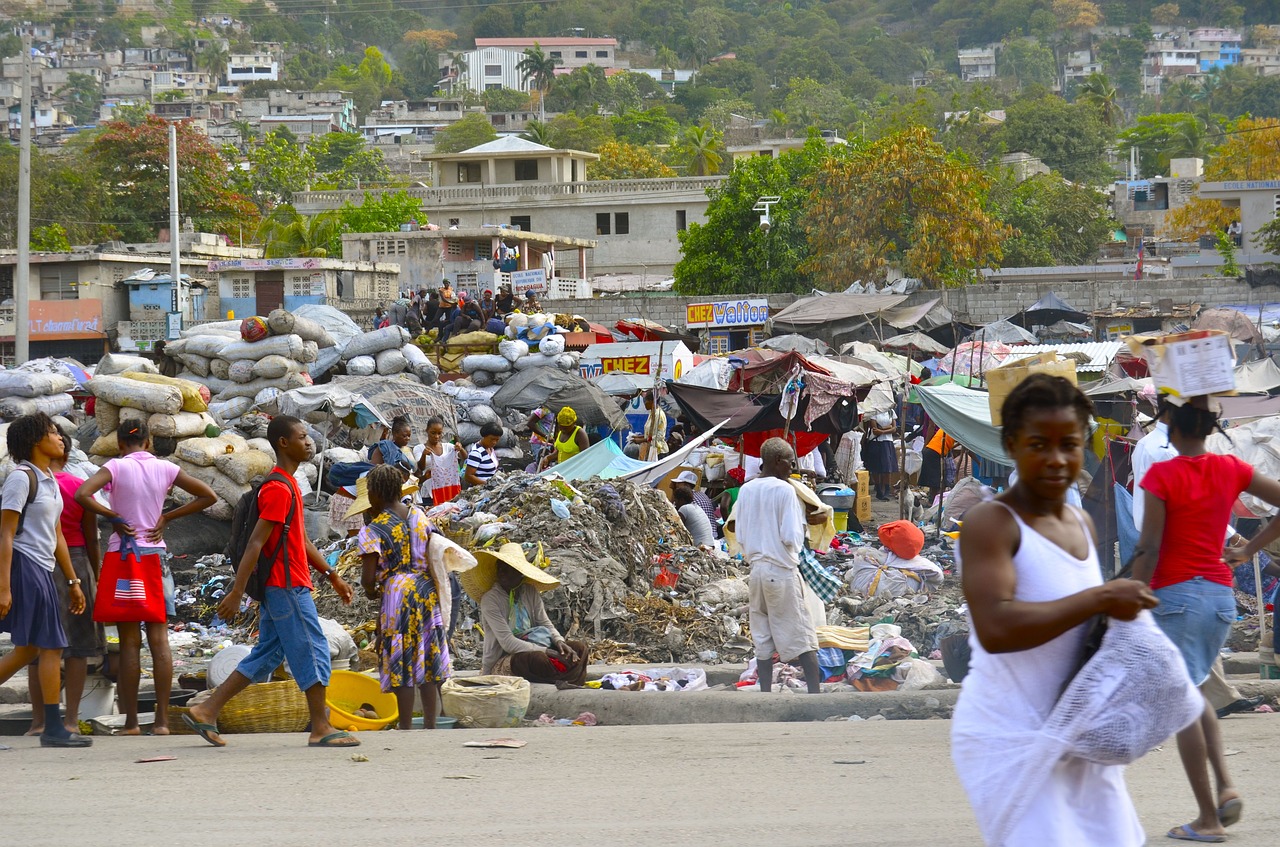How Can Cleaning Impact Indoor Air Quality?
As regulations begin to loosen and signs of normalcy begin to appear following the pandemic, officials have started to look at how we can reduce the impact of a future pandemic. That’s a good thing—this type of response has led to a number of public health and safety measures over our history. For example, after the cholera outbreak, substantial improvements made to sanitation and drinking water systems were responsible for the clean water many of us drink today.
One of the primary issues this pandemic has brought to our attention was just how easily viruses can travel in indoor environments. This has led to experts sounding the alarm for better indoor air quality (IAQ) measures and regulations.
A few recent headlines:
Federal officials seek better rules about schools’ indoor air quality in NBC News.
Covid-19 proved bad indoor air quality makes us sick. We can fix that. in Vox.
Before the next pandemic, it’s time to regulate indoor air quality in Fast Company.
If your manager, safety director or executive team has yet to discuss indoor air quality and how cleaning can impact it, keep on reading, because they will. Cleaning can have a massive impact on the indoor air quality of a building—through seemingly simple things like the products we use, how we maintain tools and the processes we use to clean.
It might not seem like a big deal, but if a cleaner vacuums the floor before dusting surfaces, is he or she effectively removing unwanted material from the building?
No.
And that remaining dust impacts IAQ.
But we should start there—with the definition of “clean.”
What Is Clean?
We generally follow Dr. Michael Berry’s definition, which is that “clean” is an environment free of unwanted matter. So whether or not that environment is a hard or soft surface or the air, “clean” means that it is completely free of unwanted matter, including volatile organic compounds (VOCs), dust, bacteria or viruses.
A lot of people think that through the act of cleaning, much of the unwanted matter is removed. Sometimes this is the case.
But sometimes it’s not. And that’s what we want to focus on for this post.
When not done properly, cleaning can have a negative impact on the health of building occupants.
In his book, “Protecting the Built Environment: Cleaning for Health,” Michael Berry, Ph.D., says the following:
“A clean environment is sanitary. When a sanitary condition exists, an adverse health effect is unlikely. When environments are not properly maintained, sooner or later they will become unsanitary. There is no doubt about this natural fact. (108).
He goes on to discuss the microscopic nature of pollutants in our indoor environments—an issue that was evidenced by the pandemic. Too often, we clean for appearance. Meaning that we clean for what the eye can see. To clean for health, we need to also effectively manage what we can’t see.
“What we think our cleaning equipment is accomplishing can be different from what it’s really doing,” said Berry. “Sometimes we assume that our cleaning equipment is extracting pollutants when it really isn’t. This is a common problem.
“When we vacuum a carpet or floor, we usually see particles 40um and larger (a micrometer is 1/one millionth of a meter). When we’re finished, we can look around and feel confident that we have removed particles. And we probably have, but only the large ones. To protect our customers’ health, we must remove particles of all sizes, especially small ones of 10um and less. They are too small to be seen by the eye alone. Small articles call for our best efforts and equipment. Not only are they hard to manage and capture, but they also tend to accumulate over time,” (109).
How could IAQ measures impact the way we clean?
Because cleaning is inextricably tied to the quality of the indoor air, it’s probably a safe bet to assume that changes are coming to the way you clean if you’re not cleaning for health.
Here are just a few ways that cleaning can have a negative impact on our health:
- Leaving behind cleaning chemical residue
- Improperly diluting or mixing cleaning chemicals
- Improper maintenance of cleaning equipment (e.g. not replacing vacuum filters on a regular basis)
- Not using the right cleaning equipment for the job
- Not monitoring temperature, moisture or ventilation when cleaning
- Improper disposal of waste (in solid, liquid or gas forms)
- Lack of cleaning frequency
- Absence of training
- Ineffective cleaning processes
As Joseph Allen and John Macomber suggest in their book, “Healthy Buildings: How Indoor Spaces Drive Performance and Productivity,” cleaning equipment, such as a vacuum, is a healthcare tool.
“If you think of a several hundred dollar vacuum as a tool to clean your kids’ Cheerios off the floor, that seems exorbitant. But if you reframe that vacuum as a tool to protect you and your kids from chemicals and allergens in the dust, well that investment in a good vacuum now looks cheap. And it is. No one in their right mind should be spending a few hundred bucks for a sexy vacuum, but everyone should be spending that much for a vacuum that keeps your home or office healthier” (109).
So, what are the processes, tools and equipment being used to clean your building? Are you cleaning for health or appearance?
If you’re thinking about making a change, give us a call! We can put you in contact with one of the members of the Simon Institute who can speak to how cleaning for health has transformed their facilities.

